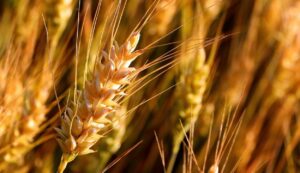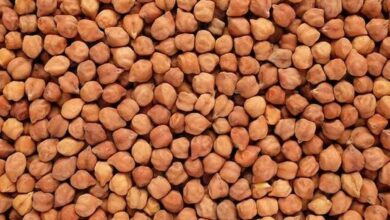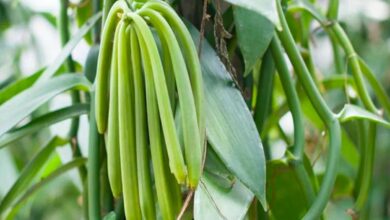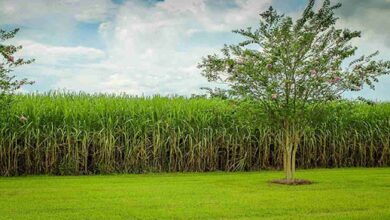Wheat Cultivation: Use this improved variety in wheat cultivation, know the benefits
Wheat Cultivation: In India, growing wheat is very important, particularly in the northern regions where it is cultivated as a staple crop. Farmers may benefit from choosing the correct variety and using the right production techniques since they not only boost output but also enhance quality. These are some of the main enhanced wheat types that are appropriate for various climatic zones and agronomic circumstances.

Improved variety of wheat HD 3226
The HD 3226 cultivar was created specifically for the plains in the northwest. It works especially well in Punjab, Haryana, Delhi, Rajasthan (except from the divisions of Kota and Udaipur), Western Uttar Pradesh (apart from the division of Jhansi), Jammu and Kashmir’s Jammu and Kathua district, Himachal Pradesh’s Una district and Paonta Valley, and Uttarakhand.
Cultivation: In the Terai area, it is suitable for timely seeding and irrigation.
Yield: 57.5 quintals per hectare on average, but up to 79.60 quintals per hectare may be obtained with timely seeding and good agricultural management.
Benefits: With timely planting and improved agricultural management, this cultivar may provide farmers with the highest yield possible.
Improved variety of wheat HD 3086 (Pusa Gautami)
HD 3086, also known as Pusa Gautami, is particularly well-suited for North India’s plains. Additionally, this type is resistant to brown rust and yellow rust illnesses, so it may thrive even in disease-affected regions.
Cultivation: Adaptable to irrigated circumstances and timely seeding.
Production:
The North Western Plains average 54.6 quintals per hectare, with a high of 81 quintals per hectare.
The North Eastern Plains yield an average of 50.1 quintals per hectare.
The North Western Region takes 145 days to reach maturity, whereas the North Eastern Region takes 121 days.
Region: Jammu & Kashmir, Himachal Pradesh, Uttarakhand, Delhi, Punjab, Haryana, and Western Uttar Pradesh.
Improved variety of wheat HD 2967
HD 2967 is a cultivar that was specifically created for the North Eastern Plains. Because of its high protein, iron, and zinc content, it is good for your health and may be used to make bread and roti.
Cultivation: Optimal results when watered and sowed on time.
Yield: 45.5 quintals/ha on average, with a maximum of 65.5 quintals/ha.
122 days is the maturity period.
Key characteristics include round grain (weight 39 g per 1000 grains), 2% protein content, iron 7 ppm, zinc 46.8 ppm, and resistance to yellow and brown rust diseases.
Area: Bihar, Jharkhand, Odisha, West Bengal, and the northeastern states’ plains.
Improved variety of wheat HD 3118 (Pusa Vatsala)
Pusa Vatsala, or HD 3118, is a better variety that is particularly suited for late-planted and irrigated environments. The cultivar is said to be the finest for producing high-quality chapatis since it matures early.
Cultivation: Suitable for irrigation and late sowing.
Yield: 41.7 quintals/ha on average, with a high of 66.4 quintals/ha.
112 days is the maturity.
Important characteristics include chapati quality (value 7.5), resistance to yellow and brown rust illnesses, and 8% wet gluten.
Region: plain regions of the northeastern states, Bihar, Jharkhand, West Bengal (apart from the hills), and Eastern Uttar Pradesh.





